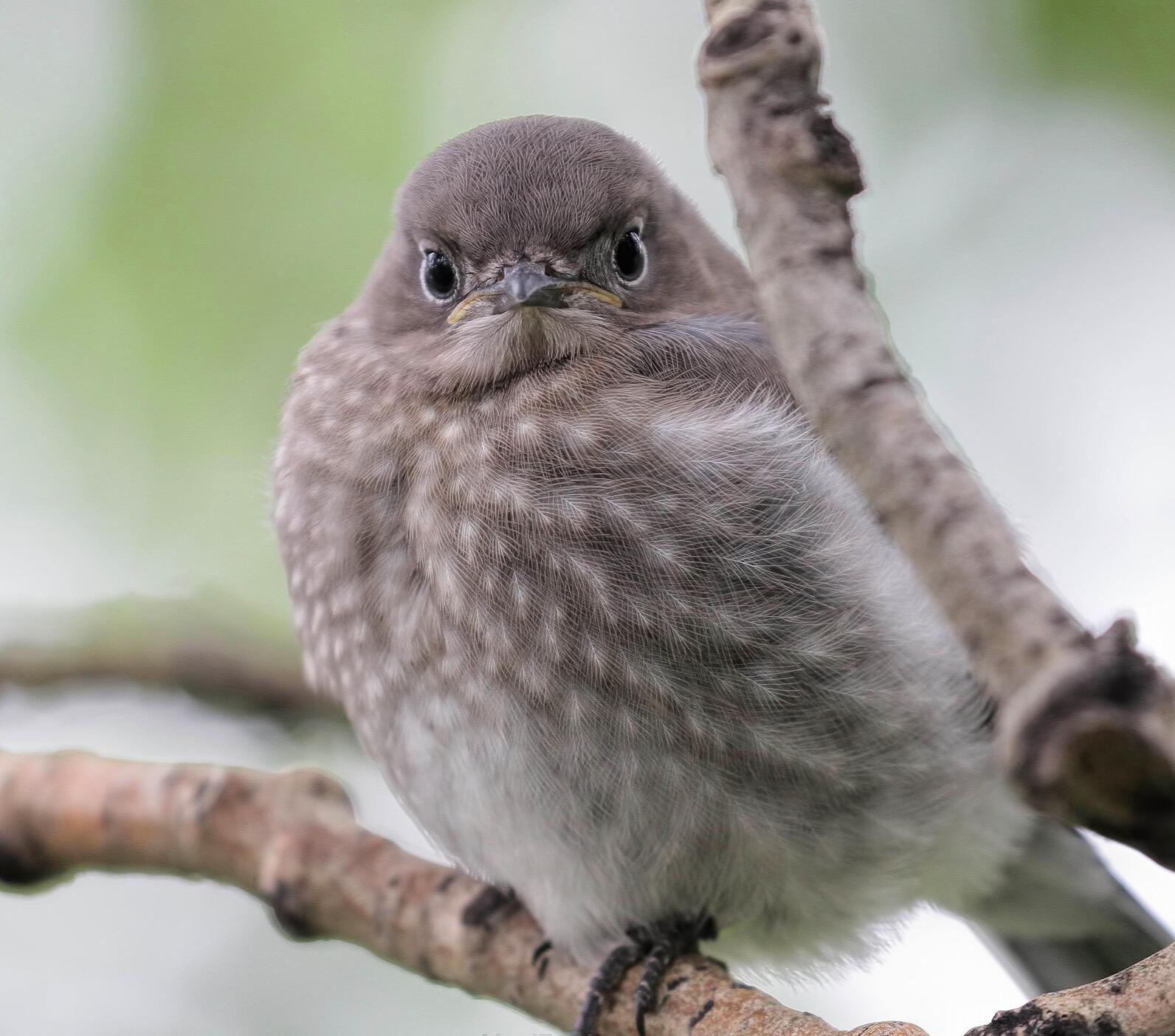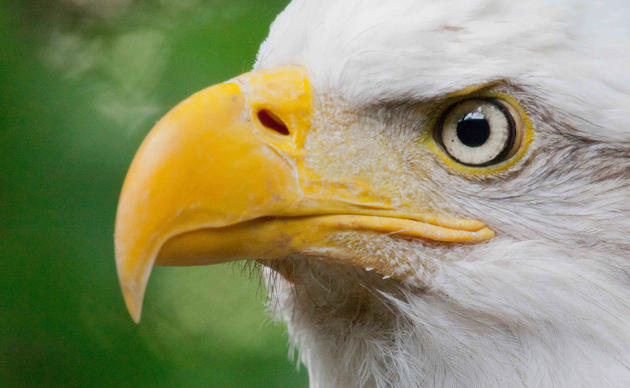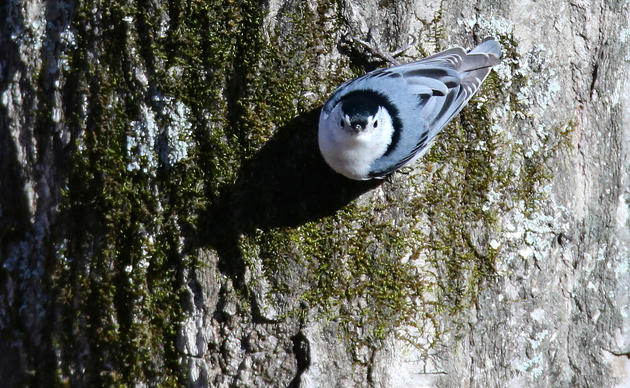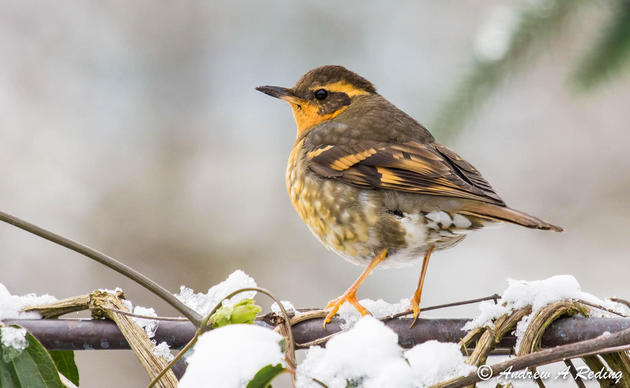When the final gavel fell on the 2023 legislative session in Olympia, birders had much to be thankful for. In addition to passage of key conservation and climate policy bills, legislators made significant investments in habitat acquisition and restoration, as well as implementation of state-level conservation strategies important for birds and other wildlife.
This blog post offers a bit more detail on the important Bird Budget items the Audubon network helped secure.
Capital Budget Conservation Investments
Puget Sound Acquisition and Restoration Fund (RCO) - $59.165M
This fund supports projects that recover salmon populations and protect and restore their habitats in Puget Sound. By ensuring the health of salmon populations, the PSAR fund also helps to ensure that birds have access to an important food source. Many bird species, such as Bald Eagles, Ospreys, and Great Blue Herons, depend on salmon for their survival, making this program essential for their well-being.
Washington Wildlife and Recreation Program (RCO) - $120M
This Program is essential for protecting bird habitats and ensuring that bird-and-nature lovers have access to outdoor recreation. WWRP provides funding for a wide range of projects, including the conservation and restoration of state land, the protection of local and state parks, trails, and water access. By supporting these efforts, the program helps to preserve and enhance the habitats that birds and other wildlife rely on for food, shelter, and breeding.
Estuary and Salmon Restoration Program (RCO) - $14.309M
This program is critical for the well-being of birds in Puget Sound. By providing grants and technical assistance for restoration and conservation projects in near-shore areas, it helps to ensure that the estuaries, bays, and shorelines that birds depend on are intact, functioning, and resilient to the impacts of climate change. Without these efforts, the habitats that support bird populations in this area could be lost, leading to declines in their numbers and potentially threatening their survival. Supporting this program is vital to protecting the health and future of bird populations in Puget Sound.
Washington Shrub-steppe Restoration and Resilience Initiative (SCC) - $1.5M
Following catastrophic shrub-steppe fires in 2020, the legislature stepped up fund the coordination of restoration and protection of shrub-steppe habitats, which are critical for many bird species in eastern Washington. With the threat of wildfires increasing, these habitats are becoming even more important for the survival of bird populations. Without continued investment, shrub-steppe habitats could be lost, leading to declines in bird populations in Eastern Washington.
Duckabush Estuary Habitat Restoration (WDFW) - $44M
The proposed estuary restoration project at Duckabush River is critical for the health and survival of bird populations in the area. For nearly 100 years, the estuary has been degraded by a wall of highway fill that has disrupted the ecological connection of the estuary to the surrounding tidelands. By reconnecting the river to neighboring floodplains and wetlands through modifications to local roads, elevation of Highway 101 onto an estuary spanning bridge, and the restoration of historical channels, the proposed project would help to restore vital habitats that are critical for the survival of salmon and other fish and wildlife, including birds.

Operating Budget Conservation Investments
Biodiversity Initiative (WDFW) - $23M
Washington state is facing unprecedented losses of biodiversity due to habitat loss, climate change, pollution, and other pressures, which are increasingly threatening fish and wildlife across the state. The Washington Department of Fish and Wildlife has identified 268 Species of Greatest Conservation Need that require increased management and monitoring, but lacks the resources to implement conservation actions for 95% of these species.
Support for solar permitting and wildlife protection (WDFW) - $620K
With over 40 solar energy projects proposed in eastern Washington, the Department of Fish & Wildlife needs more capacity to provide technical assistance and permitting guidance on solar facility proposals with the intent of limiting impacts to threatened and endangered species and critical and sensitive habitat areas, including shrub-steppe.
Funding Conservation Districts to assist in protecting the shrub-steppe (SCC) - $1M
Conservation districts play a crucial role in developing relationships with private landowners and providing site-specific conservation expertise. As human population pressure increases on public lands, there is an urgent need for habitat protection, stewardship, and restoration on private lands. The Washington State Conservation Commission requested an increase of $10 M in operating funds for Conservation Technical Assistance, which would allow for voluntary stewardship of natural resources on private lands, and for every dollar of SCC funding that conservation districts receive, they bring $3.41 of local, state, and federal dollars to the table.
Deschutes Estuary Long-Term Management Project (DES) - $7M
We support the allocation of $7M in the capital budget for the restoration of the Deschutes Estuary. The estuary is home to several bird species, and its restoration would provide valuable habitat and help reduce the impact of degradation on these species. The project would also establish ecologically diverse habitat areas, reduce methane production, address water quality violations, reduce flood levels, and eradicate invasive species, benefiting the community as a whole.



